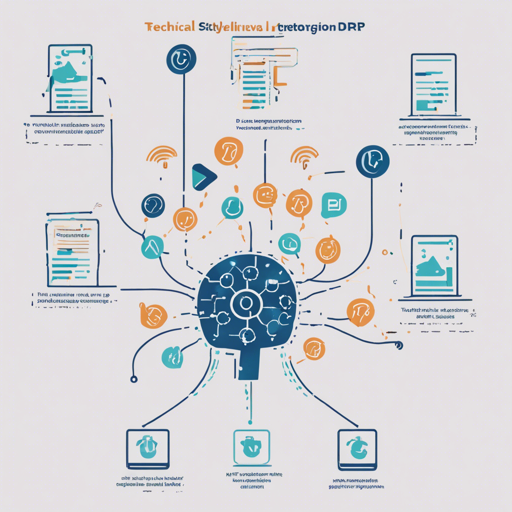In the world of Open-Domain Question Answering, the Dense Passage Retrieval (DPR) model stands out as a powerful tool. Specifically, the DPRQuestionEncoder trained on TriviaQA opens up new avenues for effectively processing questions. Whether you’re a beginner or experienced in utilizing AI models, this guide lays out everything you need to know to get started.
Understanding DPRQuestionEncoder
The DPRQuestionEncoder is designed to take questions and encode them into an embedded vector, which can then be used for various tasks such as information retrieval and question answering. This particular model has been fine-tuned specifically on the TriviaQA dataset, enhancing its performance in handling trivia-related questions.
How to Use DPRQuestionEncoder
Using the DPRQuestionEncoder effectively involves a few straightforward steps. Here’s a systematic guide:
- Step 1: Install the required libraries, if you haven’t already. You will need PyTorch and Transformers.
- Step 2: Specify the model class for DPRQuestionEncoder, as the AutoModel may not always detect it correctly.
- Step 3: Load your tokenizer and question encoder.
- Step 4: Pass your question through the model to obtain an embedding vector.
Here’s a sample code snippet to help you get started:
from transformers import DPRQuestionEncoder, AutoTokenizer
tokenizer = AutoTokenizer.from_pretrained('soheeyang/dpr-question_encoder-single-trivia-base')
question_encoder = DPRQuestionEncoder.from_pretrained('soheeyang/dpr-question_encoder-single-trivia-base')
data = tokenizer("question comes here", return_tensors='pt')
question_embedding = question_encoder(**data).pooler_output # embedding vector for questionUnderstanding the Code: An Analogy
Think of the DPRQuestionEncoder as a chef preparing a unique dish using a special recipe. Each cooking step represents a line of code crafted to turn raw ingredients (your question) into a delectable meal (the encoded question embedding).
- Importing Libraries: Just like gathering all ingredients from your pantry, importing the right libraries sets the stage for your task.
- Loading the Tokenizer: This step is akin to chopping and measuring your ingredients, ensuring everything is ready for cooking.
- Encoding the Question: Here is where the magic happens! The model takes your question and transforms it into a format that can be easily processed, just like cooking all your ingredients together to create a cohesive dish.
- Generating the Embedding: Finally, the finished dish is plated and served—your question is now transformed into an embedding vector, ready for the next steps in your application.
Troubleshooting Tips
If you encounter issues along the way, here are a few troubleshooting strategies to consider:
- Model Not Loading: Ensure that the model name is correct and that you are connected to the internet, as the model needs to be downloaded.
- Incorrect Input Shape: Make sure that the input question is properly formatted and that you are using `return_tensors=’pt’` for PyTorch tensors.
- Version Compatibility: Sometimes an issue can arise from using incompatible versions of PyTorch or Transformers. Ensure that you are using the specified versions (e.g., PyTorch 1.4.0 and Transformers 4.5.0).
- For more insights, updates, or to collaborate on AI development projects, stay connected with fxis.ai.
Conclusion
The DPRQuestionEncoder trained on TriviaQA is a valuable asset for anyone looking to leverage advanced AI techniques for question answering. With this guide, you are equipped with the foundational knowledge to implement the model effectively and troubleshoot common issues.
At fxis.ai, we believe that such advancements are crucial for the future of AI, as they enable more comprehensive and effective solutions. Our team is continually exploring new methodologies to push the envelope in artificial intelligence, ensuring that our clients benefit from the latest technological innovations.

